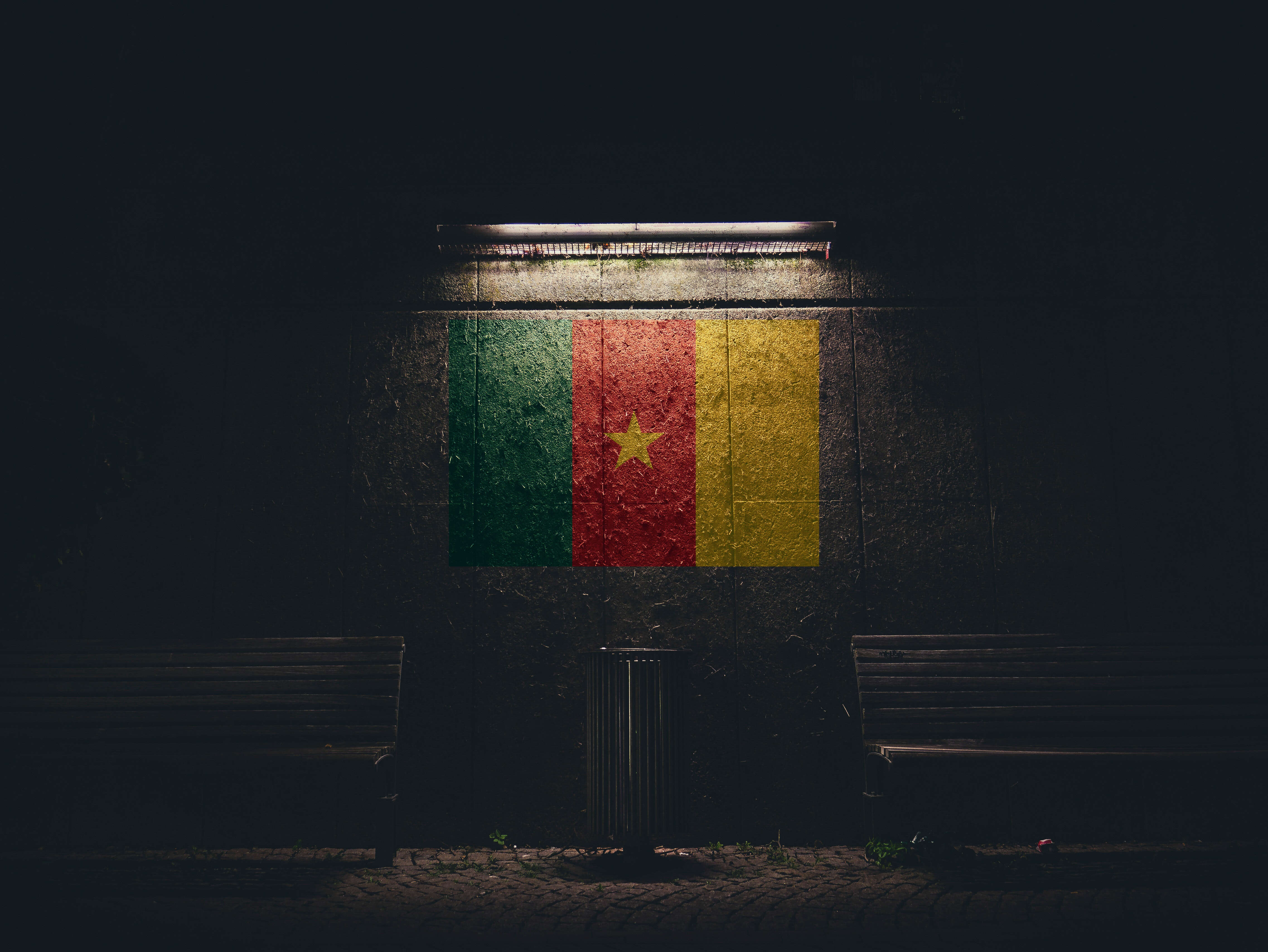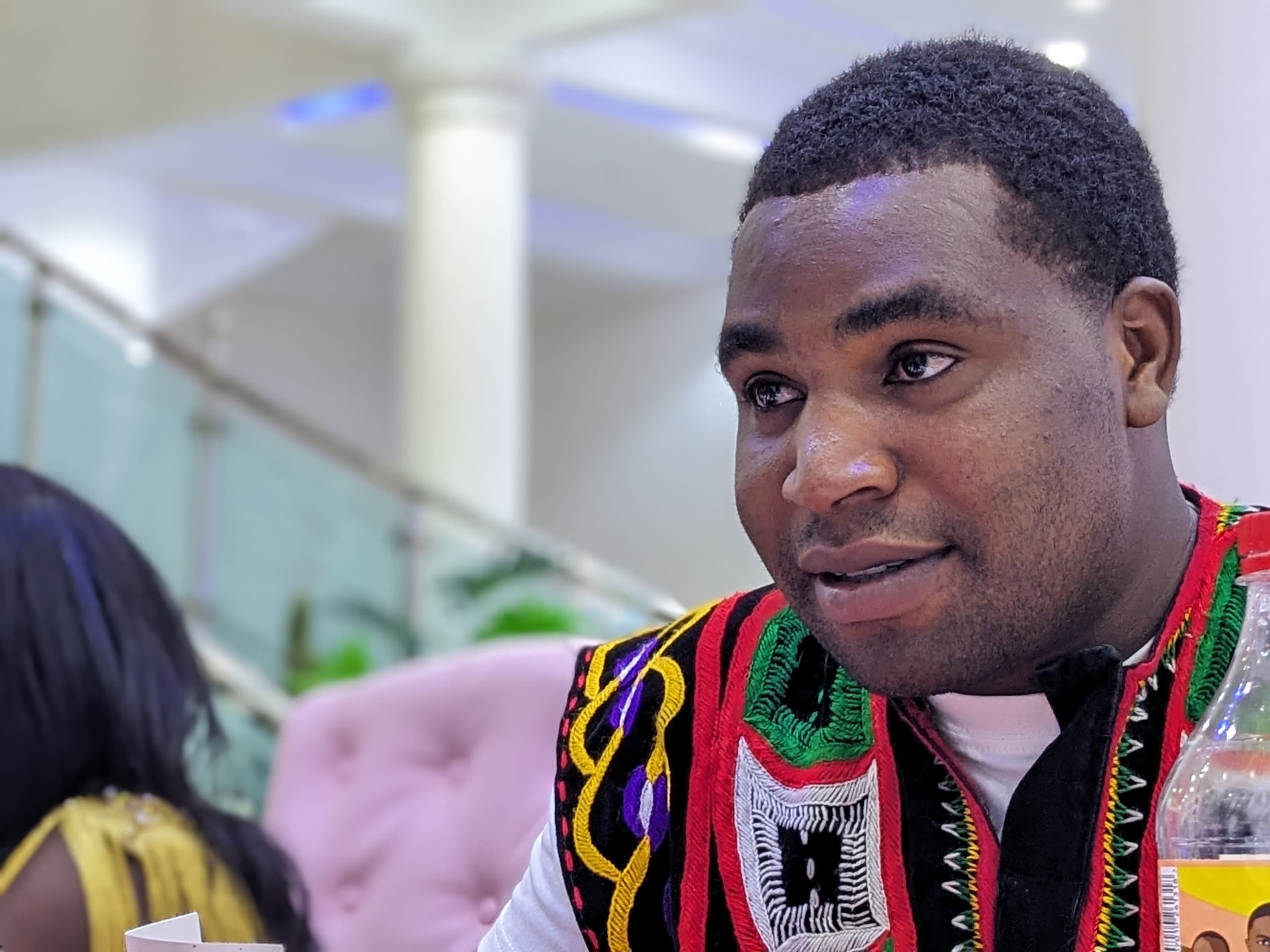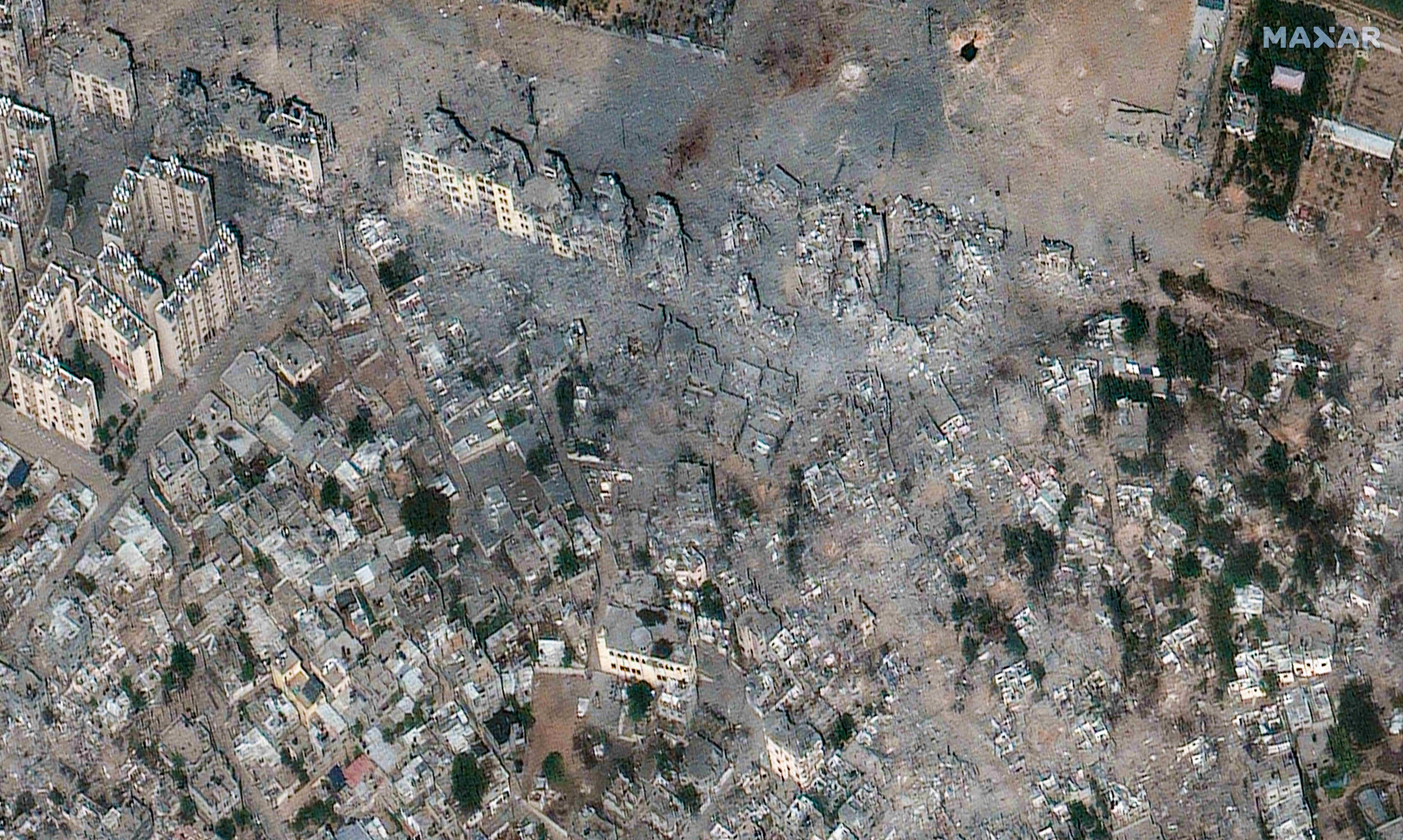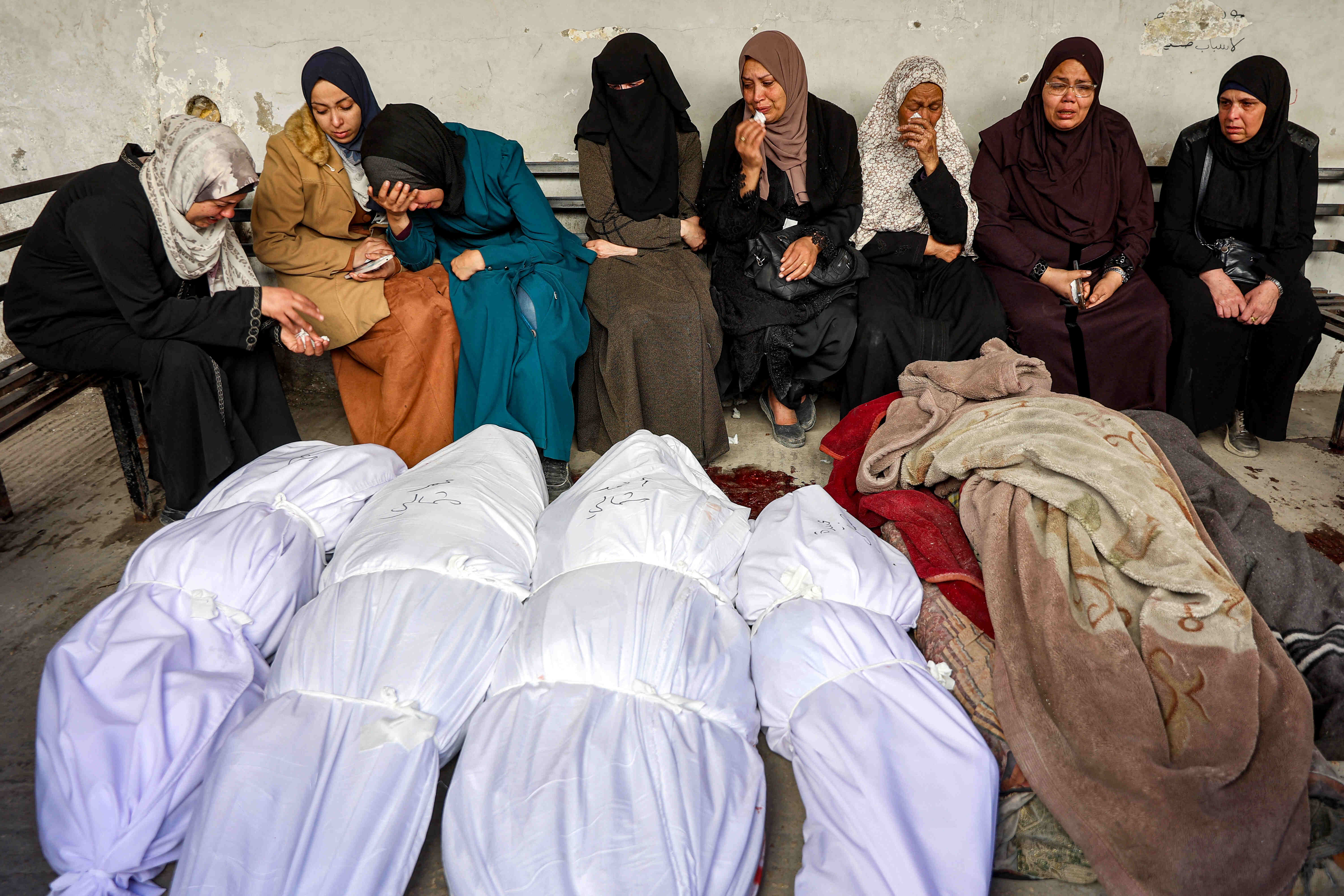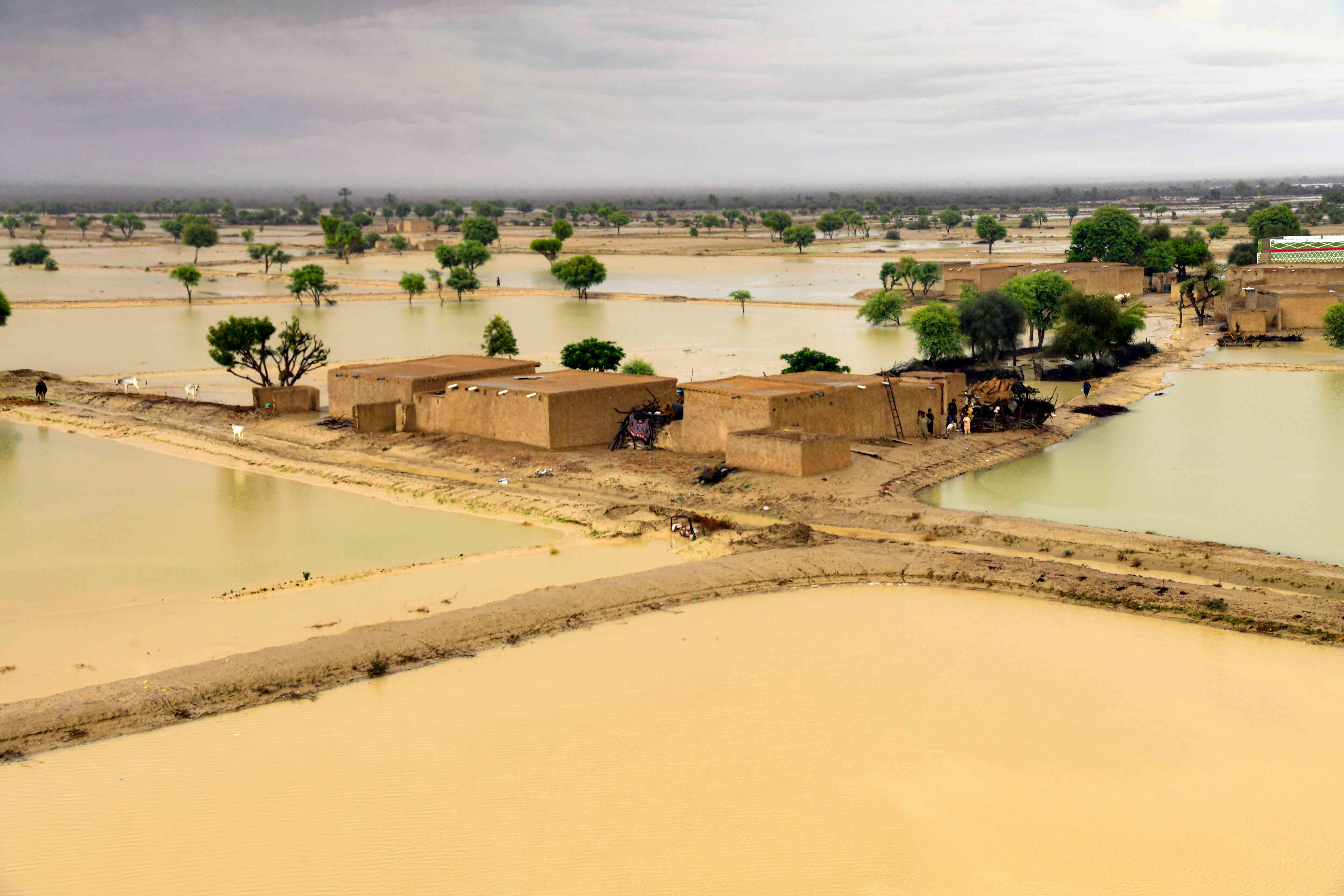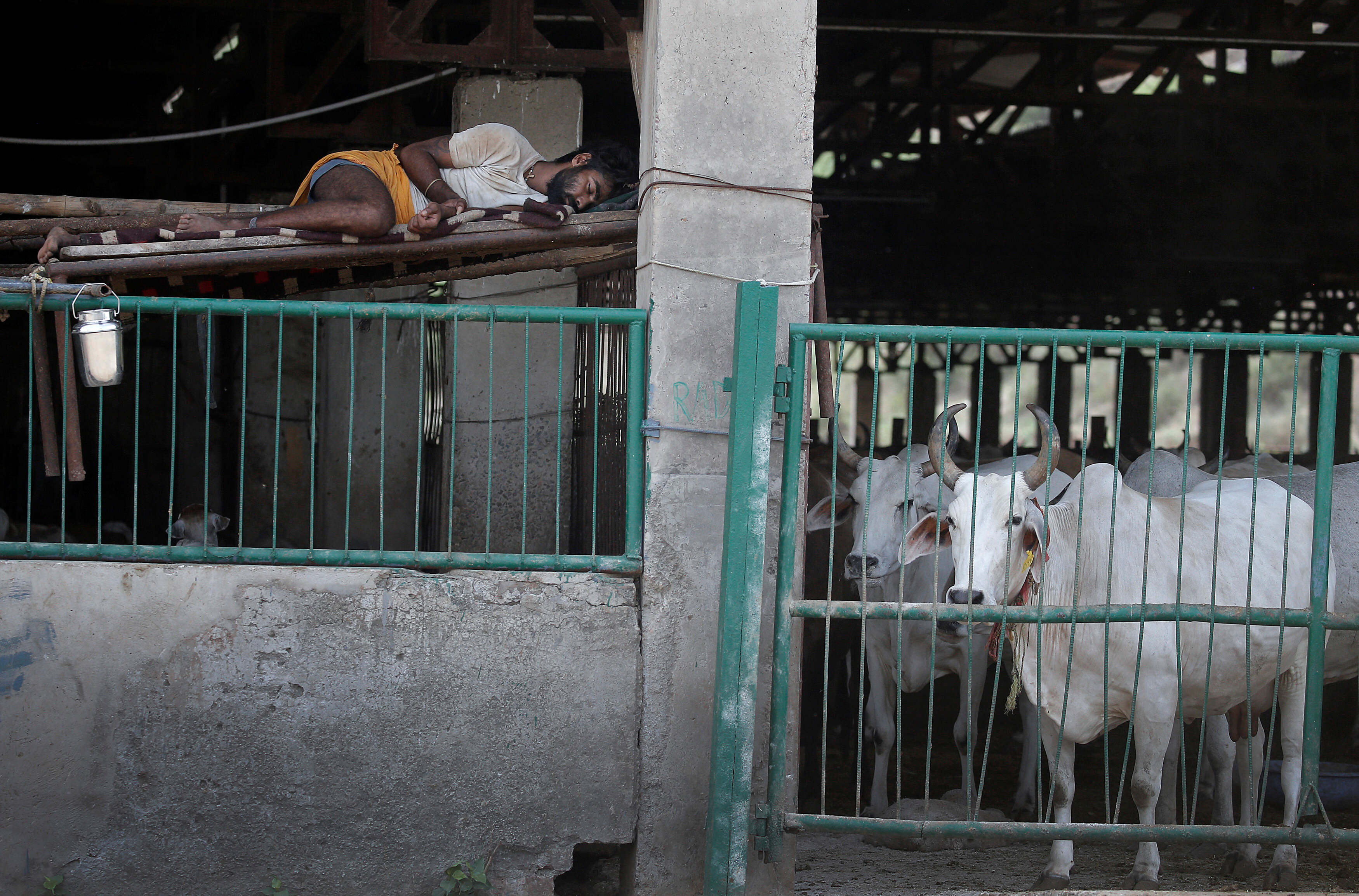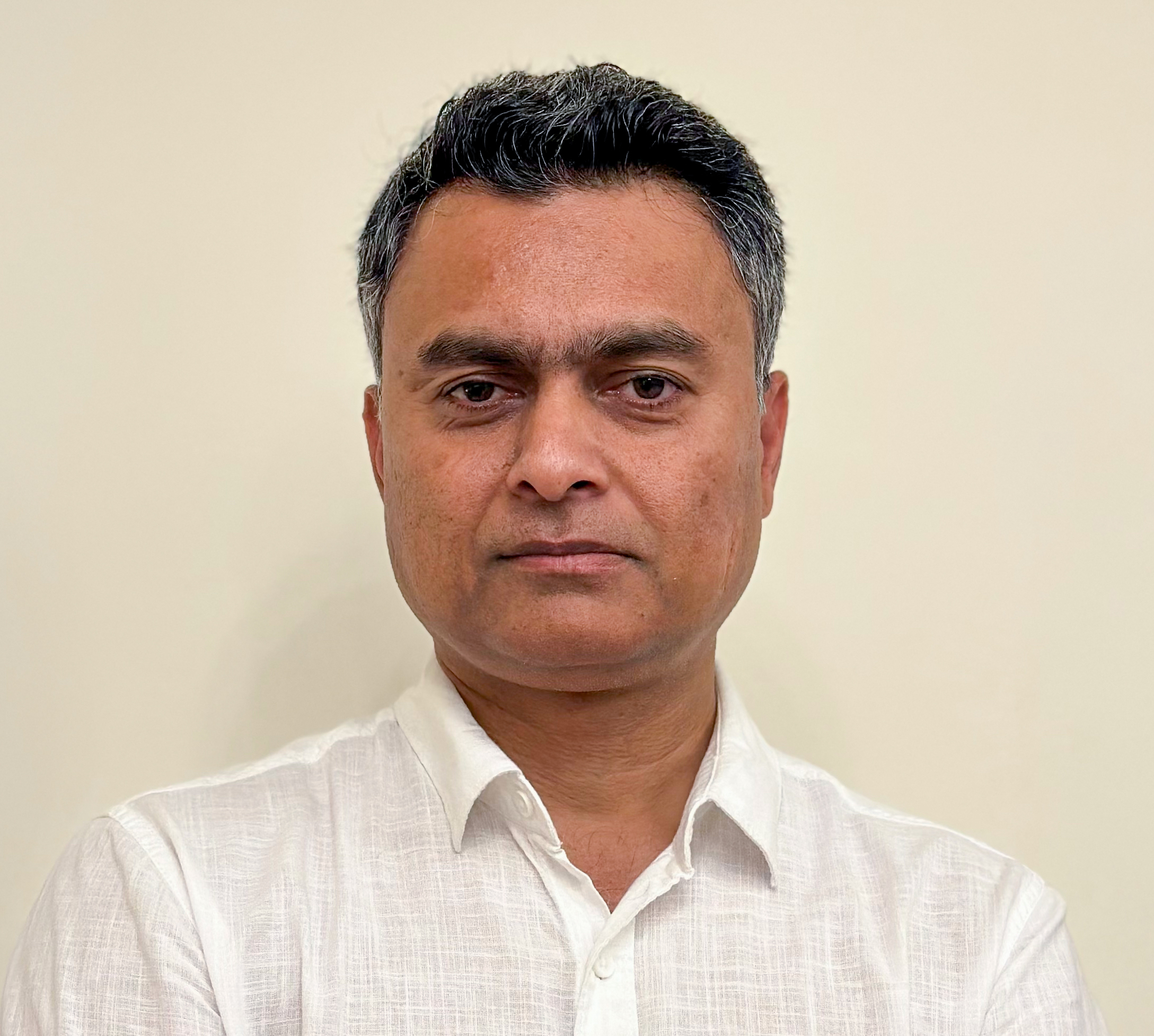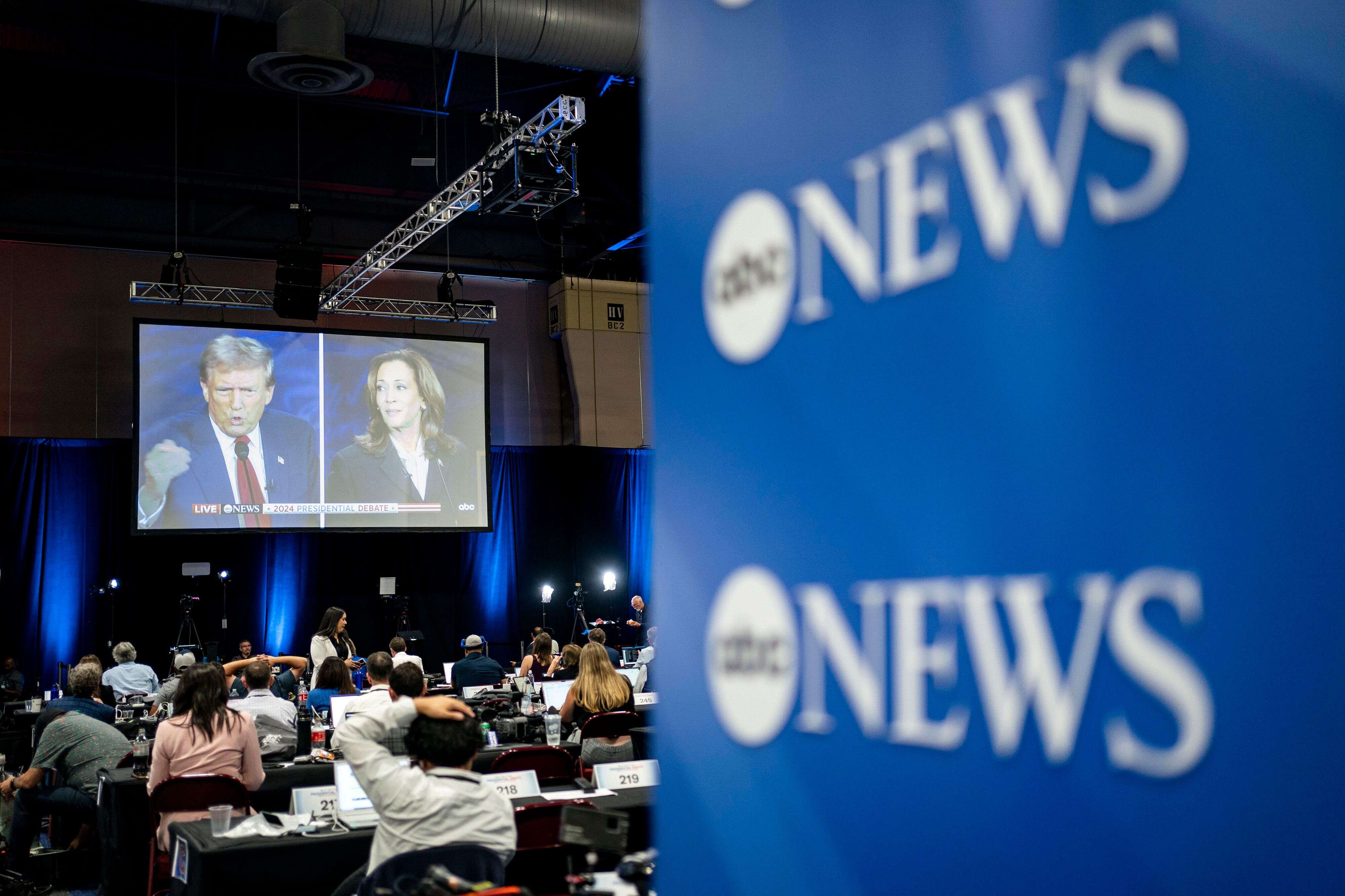ترتكب إسرائيل في قطاع غزة جريمة توصَف بكونها "إبادة جماعية"؛ إذ يتفق خبراء وقانونيون على أن إثبات تقصد إيقاع هذه الجريمة في حق سكان قطاع غزة المحاصرة يسير على نحو صادم، نظرا لتوفر الأدلة وتواتر التصريحات الرسمية الإسرائيلية بتقصد إبادة الحياة الفلسطينية في القطاع المحاصر.
رغم ذلك، فإن القضية على الصعيد القانوني ما تزال في مرحلة الادعاء؛ إذ تقدّمت دولة جنوب أفريقيا بقضية أمام محكمة العدل الدولية لإدانة دولة الاحتلال تسمح بالضغط الفوري من أجل وضع حد للكارثة الإنسانية في غزة.
من العناصر الأساسية في القضية اتهام إسرائيل بإبادة الفلسطينيين في غزة عبر توظيف سلاح التجويع، وذلك وفق المادة 2 (ج) من اتفاقية منع جريمة الإبادة الجماعية المعاقَب عليها، التي تنص على أنه يدخل في تعريف الإبادة "إخضاع الجماعة عمدا لظروف معيشية يراد بها تدميرها المادي كليا أو جزئيا".
تتفق العديد من التقارير على أنه، في حال استمرار الحرب الإسرائيلية على القطاع وتواصل القيود المفروضة على دخول المساعدات العاجلة إليه، فإن عدد الضحايا جراء الجوع والأمراض سيكون ضعف عدد الضحايا جرّاء العمليات العسكرية.
ووفق نظام روما الأساسي للمحكمة الجنائية الدولية، فإن الإبادة تشمل "تعمد فرض أحوال معيشية، منها الحرمان من الحصول على الطعام والدواء، بقصد إهلاك جزء من السكان". كما ينص على أن جرائم الحرب تشمل "تعمد تجويع المدنيين بوصفه أسلوبا من أساليب الحرب بحرمانهم من المواد التي لا غنى عنها لبقائهم، بما في ذلك تعمد عرقلة الإمدادات الغوثية على النحو المنصوص عليه في اتفاقيات جنيف". وبحسب المواد الشارحة للنظام، فإن "المواد التي لا غنى عنها لبقائهم" تشمل بطبيعة الحال الماء والغذاء والدواء.
لكن كيف يمكن للصحفي أن يفهم "المجاعة" وتعريفاتها المعتمدة وحدودها؟
يتزايد في السنوات الأخيرة اعتماد التصنيف المرحلي المتكامل للأمن الغذائي (Integrated Food Security Phase Classification) الذي جاء بوصفه ثمرةَ تعاون بين الـوكالات العالمية الرئيسـية والجهات المعنية بقضايا الأمن الغذائي وسوء التغذية، مثل منظمة الأغذية والزراعة التابعة للأمم المتحدة، ولجنة أكسفورد للإغاثة من المجاعة (أوكسفام)، ومنظمة الأمم المتحدة للطفولة، وبرنامج الغذاء العالمي، وغيرها.
ويركز هذا التصنيف على بناء ما يدعوه "الصورة الكاملة" لأي وضع غذائي في مكان محدد، وتوصيف حالة انعدام الأمن الغذائي وسوء التغذية وسماتها الرئيسية ونطاقها ومسبباتها، على نحو بسيط ومفهوم يساعد صناع القرار على التدخل السريع والملائم، ويسهم في توعية الرأي العام بشأن ذلك وتقديم المعلومات الضرورية لدعم عمليات التدخل والاستجابة.
يفرِّق هذا التصنيف بين ثلاثة مستويات لتصنيف شدة حالة انعدام الأمن الغذائي وسوء التغذية، هي:
- انعدام الأمن الغذائي الحادّ.
- انعدام الأمن الغذائي المزمن.
- سوء التغذية الحاد.
في المستوى الأول، وهو الأشد خطورة، تكون حياة الناس مهددة بشكل مباشر جراء الحرمان من الغذاء، بغض النظر عن أسبابه أو سياقه أو مدته، بينما يعبر المستوى الثاني عن حالة من "عدم القدرة الدائمة أو الموسمية على استهلاك كمية كافية من الغذاء"، في حين يحيل المستوى الثالث إلى حالة ترتفع فيها نسب سوء التغذية الحاد، أو تتزايد فيها الفجوات في استهلاك الغذاء بين الأفراد على هذا النحو.
كما يضع التصنيف معايير معتمدة وبروتوكولات خاصة لإطلاق وصف "المجاعة" على حالة منظورة بعينها، إضافة إلى تصنيف موثوقية الأدلة التي يمكن أن تكون مرجعا معياريا لإعلانات المجاعة؛ فالمجاعة هي النتيجة الأكثر خطورة التي تحصل في المناطق التي تعاني فيها واحدة من كل خمس أسر على الأقل من "الحرمان الشديد من الغذاء، أو التي تزيد احتمالات معاناتها منه، والتي تعاني أو ستعاني، من الجوع والموت والفقر ومستويات شديدة الخطورة من سوء التغذية الحاد، والتي تشهد أو ستشهد ارتفاعا في نسبة الوفيات نتيجة الجوع أو نتيجة اقتران سوء التغذية بالأمراض".
ووفق هذا التصنيف، فإن كل مرحلة من المراحل الثلاث العامة تُصنَّف إلى خمس مراحل فرعية أو خمسة أطوار هي:
- مقبولة.
- منذرة بالخطر.
- حادّة (حالة أزمة).
- خطرة (الطوارئ).
- بالغة الخطورة (الكارثة/المجاعة).
فالمجاعة هي الطور الخامس من مرحلة "انعدام الأمن الغذائي الحاد". في هذا الطور تكون أبعاد الأمن الغذائي جميعها في وضع كارثيّ، سواء ما تعلّق بتوفر الغذاء وإمكانية الحصول عليه والاستفادة منه، أو وجود الاستقرار، وهو ما تحكم بشأنه "لجنة مراجعة المجاعة" (Famine Review Committee) التابعة للمؤسسة ذاتها، التي أعلنت في تقريرها الأخير الصادر في 21 ديسمبر/كانون أول 2023 رصد ما يكفي من الأدلة التي تؤكد أن سكان قطاع غزة يواجهونه على نحو متفاقم.
المجاعة هي الطور الخامس من مرحلة "انعدام الأمن الغذائي الحاد". في هذا الطور تكون أبعاد الأمن الغذائي جميعها في وضع كارثيّ، سواء ما تعلّق بتوفر الغذاء وإمكانية الحصول عليه والاستفادة منه، أو وجود الاستقرار، وهو ما تحكم بشأنه "لجنة مراجعة المجاعة".
فبعد مراجعة فريق التحليل بالتعاون مع المنظمات ذات الصلة، وجمع الأدلة من كامل القطاع، بما في ذلك المناطق التي نزح إليها الفلسطينيون في الجنوب، فإن نصف مليون إنسان على الأقل في قطاع غزة، أو أسرة واحدة على الأقل من بين كل أربع أسر، يعانون من المجاعة؛ أي الطور الخامس والأشد كارثية من انعدام الأمن الغذائي الحاد، الذي يتسم بالمعاناة من فجوات شديدة جدا في الأمن الغذائي وانهيار كامل لسبل العيش. كما وجد التحليل أن 80% على الأقل من سكان القطاع يواجهون تبعات الطور الرابع من مرحلة انعدام الأمن الغذائي الحادّ (حالة الطوارئ) أو الطور الخامس (الكارثة/المجاعة)، مع التأكيد على أن التقديرات التي تضمنها التقرير "متواضعة"، وترجيح أن يكون حجم الكارثة في قطاع غزة أشدّ سوءًا بين مجمل السكّان، خاصة في شمال القطاع ووسطه. كما يصنّف التقرير كل السكان في القطاع المحاصر على أنّهم -وفي جميع الأحوال- في الطور الثالث على الأقل من مرحلة انعدام الأمن الغذائي الحادّ، وينبّه إلى أن الوضع يتدهور بشكل متسارع.
كما توصلت لجنة مراجعة المجاعة في تقريرها المذكور إلى "إجماع تقني" على أن خطر ارتفاع الوفيات نتيجة الجوع وسوء التغذية أو نتيجة اقتران سوء التغذية بالأمراض سيكون في مستويات أشد خطورة حتى مايو/أيار 2024، في حال لم تتغيّر الظروف أو ساءت، علما أن بعض أعضاء اللجنة وجدوا أن هذا الخطر سيكون واقعا بحلول شهر فبراير/شباط 2024.
نصف مليون إنسان على الأقل في قطاع غزة، أو أسرة واحدة على الأقل من بين كل أربع أسر، يعانون من المجاعة؛ أي الطور الخامس والأشد كارثية من انعدام الأمن الغذائي الحاد، الذي يتسم بالمعاناة من فجوات شديدة جدا في الأمن الغذائي وانهيار كامل لسبل العيش.
تتفق العديد من التقارير على أنه، في حال استمرار الحرب الإسرائيلية على القطاع وتواصل القيود المفروضة على دخول المساعدات العاجلة إليه، فإن عدد الضحايا جراء الجوع والأمراض سيكون ضعف عدد الضحايا جرّاء العمليات العسكرية. وحتّى في حال توقف الحرب ودخول المساعدات، فإن معدل الوفيات الناجم عن سوء التغذية والمرض وعدم توفر الخدمات الطبية وانقطاع الماء وانعدام النظافة سيظل مرتفعا مقارنة بفترات سابقة، حتى بعد انقضاء أسابيع أو أشهر على الحرب.
للاطلاع على التصنيف المرحلي المتكامل للأمن الغذائي: انظر هنا
للاطلاع على تقرير لجنة مراجعة المجاعة بشأن الوضع في قطاع غزة: انظر هنا























